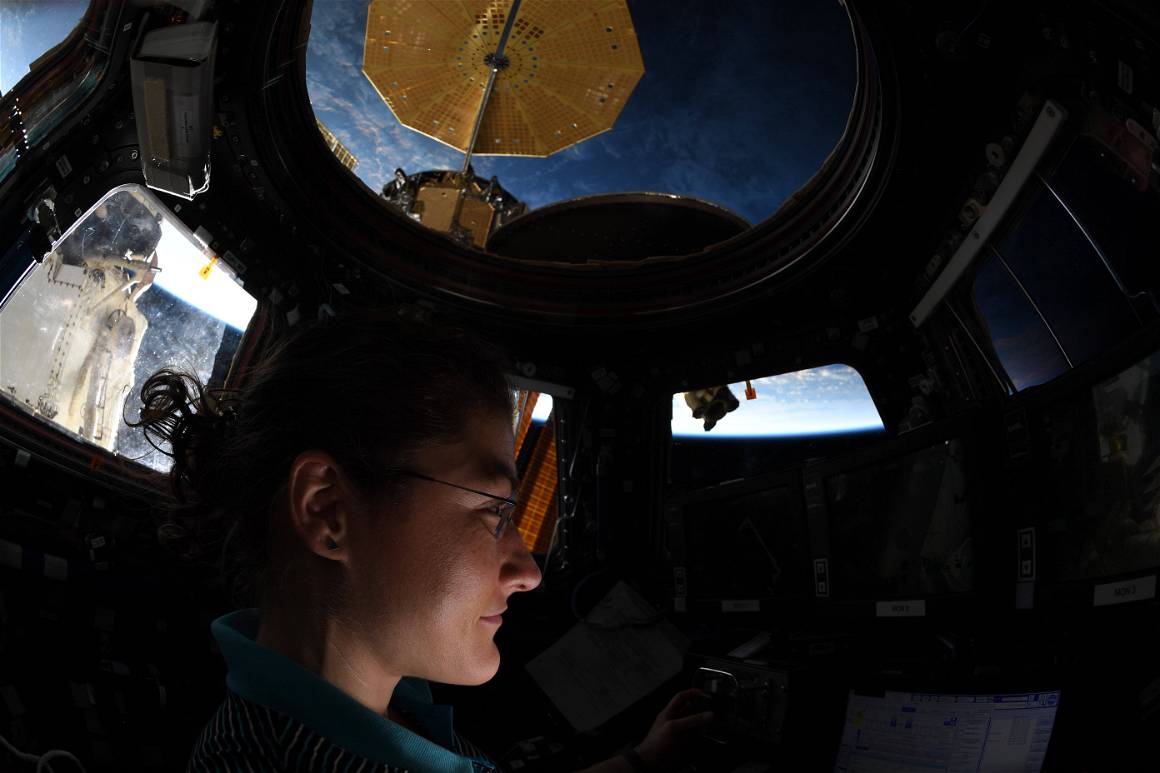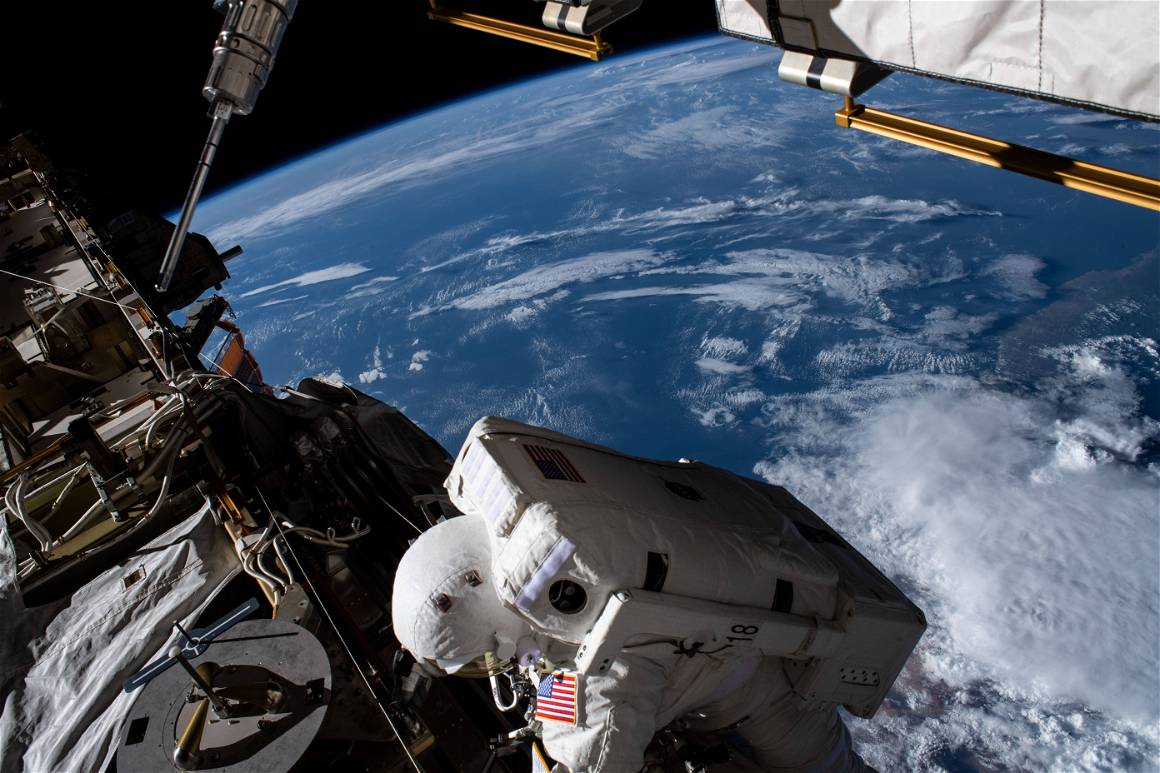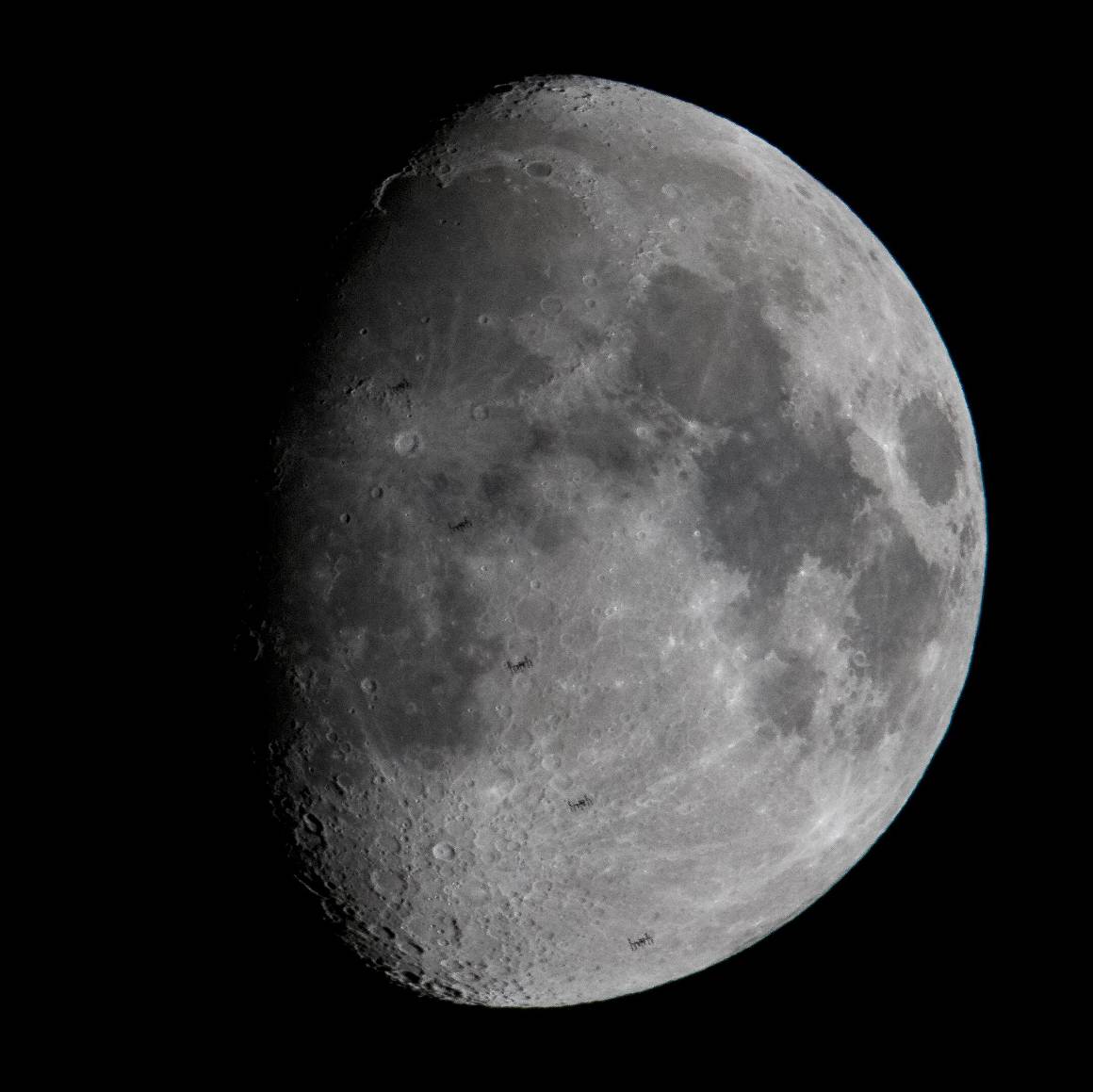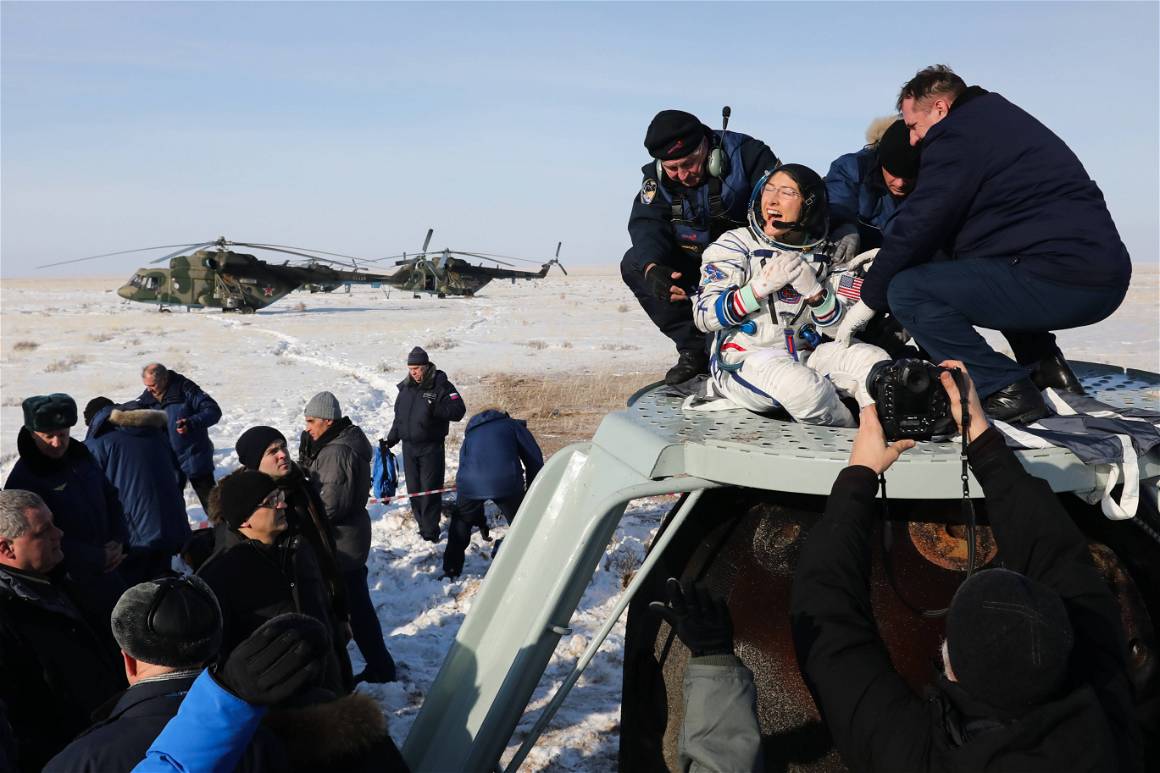Christina Koch’s longest mission in outer space by a woman reveals cutting-edge research and stunning images documenting her almost year-long journey.

Behind Christina Koch’s Historic Space Mission.
See our curated collection here .
“Will I ever be back here?” wondered astronaut and engineer Christina Koch in a TV interview with ABC news. But it was not whether she was going to make it back to Earth after her 328-day mission which concerned her, it was whether she was going to be back in outer space. Her passion and extensive research have proven to be a major element in the future of modern space expeditions: where they can bring us and what they can teach us.
Koch’s mission, the International Space Station Expeditions 59, 60 and 61, was barely about breaking the record for the longest time in space by a woman. It lies at the forefront of cutting-edge research extending from biology and biotechnology, earth and space science, to growing protein crystals for potential treatments against Alzheimer’s and Parkinsons.

Humans landing on Mars is one of the favourite topics of the decade, but it will not be possible without those like Koch who are providing crucial information and research on the impacts of outer space on the human body over long periods of time. Research on such impacts specifically on the female body, including the Vertebral Strength investigation for example, are needed for future space missions which are seeing more and more women. The female body being known to have different reactions to the male body, analysing these differences is key. The NASA class of 2013 of which Koch was a part of, finally saw a 50:50 gender ratio, so the increase of women in space after historically being marginalised in the field, also calls for intersectionality in space research and its impact on astronauts.
Outer space was not the only frontier she had conquered as a scientist. Her expertise in electrical engineering and space science instrument development previously led her to spend over three years conducting research in Antarctica, Greenland and Alaska. Working not only as a Research Associate in the United States Antarctic Program, she was also a member of the Firefighting Teams and the Ocean/Glacier Search and Rescue Teams. Spending extensive time in physically and mentally challenging conditions in isolation without family, friends, and usual comforts, all but prepared her for spending almost a whole year in the ‘final frontier.’
In her 328 days in outer space, 5,248 orbits around Earth and a 223 million kilometre-long journey during which she saw 16 sunrises and sunsets per day, she became the woman with the longest single space-flight in history. She surpassed Peggy Whiston’s female record (289 days) and came within 12 days of the US record set by Scott Kelly (340 days). Of her six spacewalks during the mission, the first three were historically also the first all-female missions accompanied by Jessica Meir – spending 42 hours and 15 minutes outside of the International Space Station (ISS). She departed on March 14, 2019 along with fellow American Nick Hague and Alexei Ovchinin of Russia, and landed back in Kazakhstan on February 6, 2020 with Alexander Skvortsov of Russia and Luca Parmitano of Italy – with a smile on her face.
For Women’s Month, we take a look back at IMAGO’s archive showing the before, during and after of this historic space mission – some of the photos taken by Koch herself, who is also a photographer.














